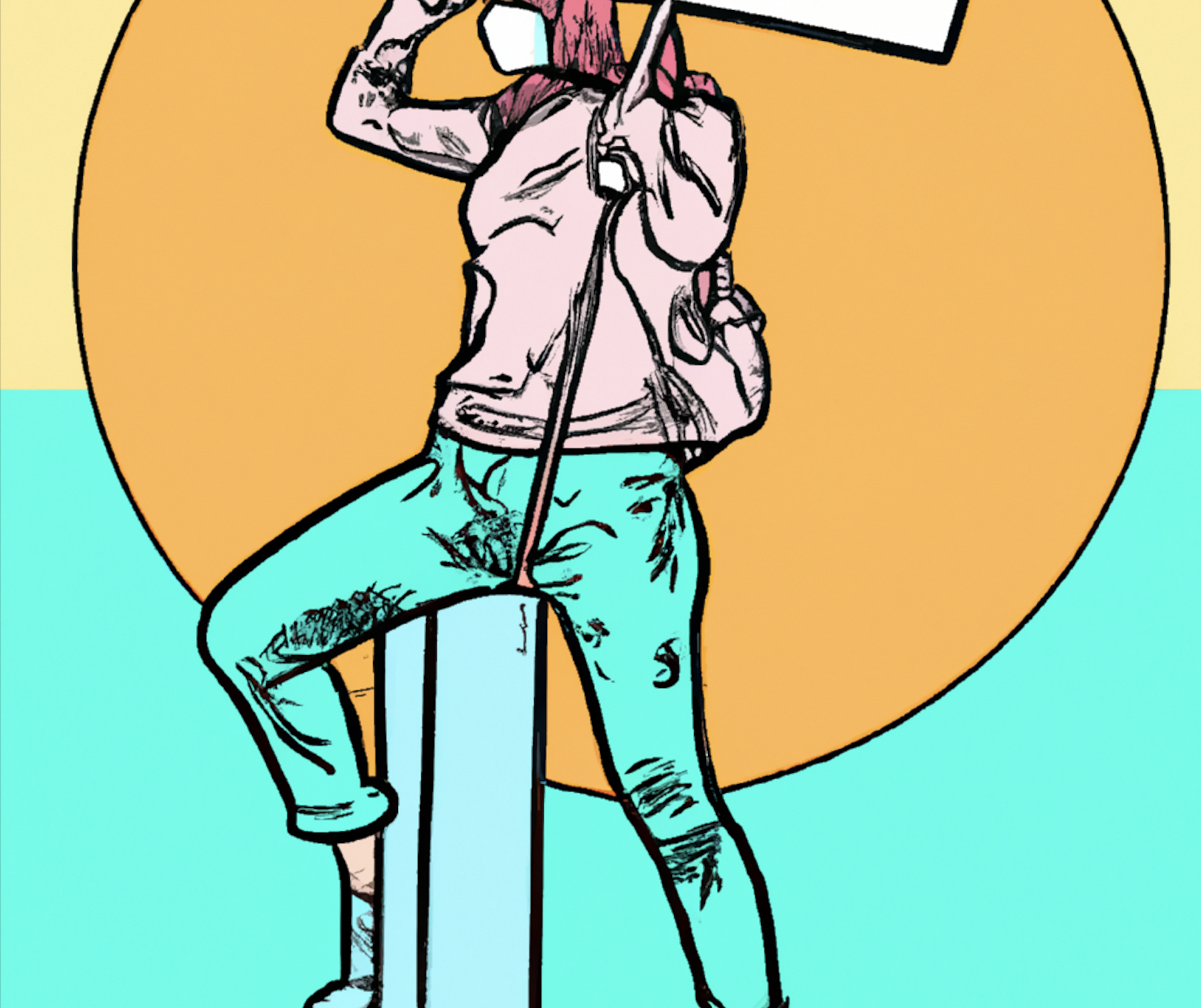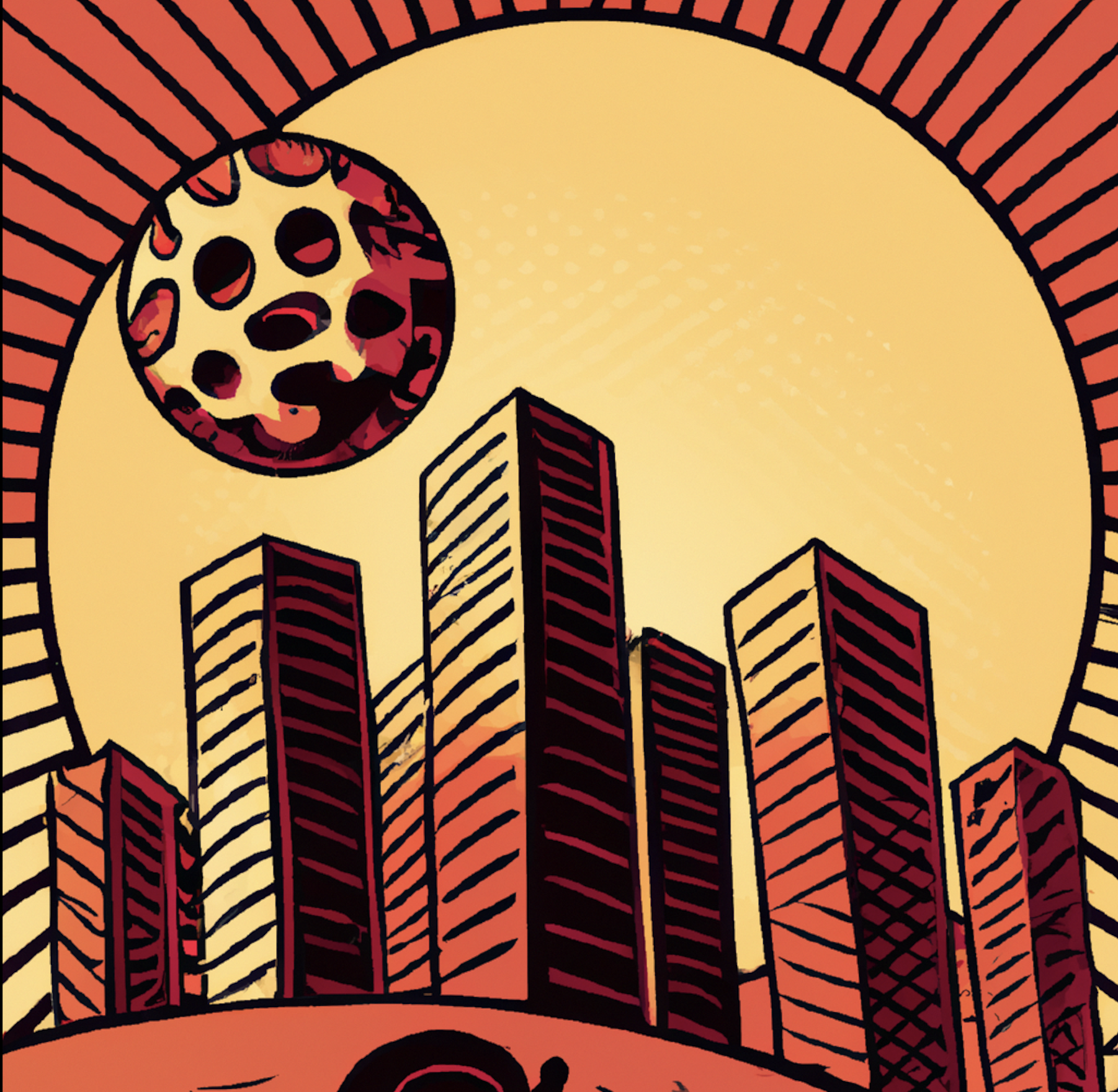by Peter Marcuse
Occupy Wall Street’s common message to its diverse potential supporters
In the debate about the meaning, potential, and future direction of the Occupy Wall Street movement, the issue of just who the 99% and the 1% are, and what difference it makes, is a thorny one. The occupiers themselves, as a rough estimate, comprise less than .1% of the population. What is the line of division the occupy movement is trying to get across? How can it be done?
The answer connects with the questions of demands vs. goals, the slogans the movement uses. Some sound-bite size slogans can be imagined to suggest how a real debate might be provoked and the message of the occupations spread convincingly among the large number of their actual or potential supporters.
Formulating the specifics of separate demands is not what the Occupy Walls Street movement is about. Its goal is rather dealing with the inequality between the 99% and the 1%, the concentration of power in the banks on economic issues, the lack of real democracy in political decision-making, the organization of society around the accumulation of wealth, consumerism, violence, conformity. Their goal is a different world, in which the specific demands of the 99% would be realized, together. The slogans: OCCUPY WALL STREET and OCCUPY TOGETHER go hand in hand. The Occupy Wall Street movement supports a wide variety of demands, as all of the placards and signs and posters show. But the Occupy Wall Street demand itself incorporates those demands, but its own demand is broader, more general. It calls for a society organized around the needs, desires, dreams, of the 99%, not the 1%.
Yet there is a necessary link between the more specific demands and the general demand, and it goes from the aggregation of individual demands into a realization of their general unity and larger meaning. Judging from history, if a real revolution were possible today, it would include all the specific demands of the Occupy Wall Street signs as part of its general demand for comprehensive change. The patriots who dumped tea in Boston harbor in the American Revolution were not just after repeal of the tax on tea; they wanted independence and democracy. In the French Revolution the participants marched on the Bastille wanted not just the opening of that hated prison, and not even just, bread for the hungry, but Liberty, Equality, Fraternity. In the English Revolution the Puritans and the Levelers wanted not just freedom of religion and from feudal tithing, but an end to the monarchy and feudal constraints over-all.
But how can this linkage between the specific demands and the general goal be forged today, in practice as well as in rhetoric? The question needs to be addressed, not only to the occupiers, but to those who press for the specifics, and their organizations – the no-occupiers who are sympathetic to the occupations and constitute at least 58% or so of the total population in the United States.
It seems to me that the essence of the Occupy Wall Street movement is its understanding that issues of poverty, of peace, of education, of health, of environmental change, of exploitation in the work place, dissatisfaction in the community, discrimination on ethnic and gender lines, cultural discontent, all in the end have to do with the division of society between the top and the bottom, symbolized by the relations between the1% and the 99%, calling attention to the structural features of a system that benefits the one at the expense of the other. It is this understanding that must be brought to inform all the specific demands that it encompasses.
How?
The process of linking is already beginning, both from the side of the occupiers and their goals and from the side of the non-occupiers and their specific demands.
The occupations are already being used to inform, to share, to discuss, to criticize. There are Open Forums on a wide range of issues, little libraries in tents, innumerable one-on-one debates, invited speakers. And marches on banks, marches on neglected schools, marches on city halls, marches on centers of foreclosed homes, marches on uncomprehending and hostile media.
And there is support from many specific groups outside the occupations: unionized workers, longshoreman, service workers, teachers, retail workers, community-labor centers, neighborhood groups and members of the right to the city alliance, of National People’s Action, lawyers, nurses, neighborhood residents, students, academics, artists.
As the link is made from both directions, from occupiers to non-occupier sympathizers and vice versa. The 1%/99% divide can emerge sharply as what brings the two together within the 99%. It can be made explicit in many ways. For instance (and others can certainly improve on these examples, and these are points to be made, provocations for discussion, rather than bumper-stickers or slogans on signs):
In education:
WHERE DO THE 1% GO TO SCHOOL?
WHOSE SCHOOLS ARE FAILING? WHOSE SCHOOLS BUDGETS ARE BEING CUT?
PUBLIC SCHOOLS GOOD ENOUGH FOR THE 1%!
HOW MANY OF THE 99% CAN AFFORD PRIVATE SCHOOLS?
NOT JUST TRAINING, BUT CRITICAL EDUCATION
EDUCATION FOR CRITICAL THINKING, NOT CONFORMITY
EDUCATION, NOT TRAINING FOR NO JOBS
WHO NEEDS CRITICAL THINKING? WHO’S AFRAID OF IT?
SCHOOLS ARE NOT TO TRAIN THE 99% TO WORK FOR THE 1%
YOU CAN’T MEASURE VALUES, INDEPENDENT THINKING, IMAGINATION
YOU CAN MEASURE CONFORMITY, NOT THOUGHT.
WHAT TO THE 1% WANT THE SCHOOLS TO PRODUCE: OBEDIENT WORKERS!
WHAT DO THE 99% NEED THE SCHOOLS TO PRODUCE:CRITICAL CITIZENS?
In health care:
 WHO DOES THE PRIVATE HEALTH CARE SYSTEM CARE FOR? THE 1%
WHO DOES THE PRIVATE HEALTH CARE SYSTEM CARE FOR? THE 1%
WHO NEEDS MEDICARE AND MEDICAID? THE 99%
WHO LIKES FEE FOR SERVICES MEDICINE? THE 1%
WHO NEEDS A PUBIC HEALTH SYSTEM, AVAILAABLE TO ALL? THE 99%
WHO BENEFITS FROM INSURANCE PROFITS FROM HEALTH CARE? THE 1%
WHO BENEFITS FROM PHARMACEUTICAL PROFITS? THE 1%
In housing:
 HOUSING FOR USE BY THE 100%, NOT PROFIT OF THE 1%
HOUSING FOR USE BY THE 100%, NOT PROFIT OF THE 1%
NO GHETTOS AMONG THE 99% NOR ENCLAVES FOR THE 1%
LAND IS A NATURAL RESOURCE, NOT A COMMODITY
BANKS ARE THERE TO HELP THE 99%, NOT ENRICH THE 1%
WHO NEEDS PRIVATE BANKS? THE 1% WHO NEEDS PUBLIC BANK? THE 99%
THE 99% CREATE THE VALUE OF THEIR HOUSING; THE 1% SPECULATE IN IT
INCLUSIVE HOUISNG FOR ALL, NOT EXCLUSIONARY HOUSING FOR ANY.
On economic issues:
OCCUPY WALL STREET TO SUBVERT CAPITAISM
THE MARKET SERVES THE 1% BEST; DEMOCRACY SERVES THE 99% BEST
JOBS FOR SOCIAL USE AND FULFILLMENT, NOT JUST FOR SURVIVAL
THE 1% PROFIT WHEN WORKERS ARE LAID OFF, THE 99% SUFFER
IF THE 1% ARE JOB CREATORS, WHY DO THEY KEEP LAYING OFF WORKERS?
IMAGINATION AND INNOVATION FOR CREATION, NOT FOR DESTRUCTION
IDEAS COME FROM THE 99%; THE 1% PROFIT FROM THEIR MARKETIZATION
It is important to read the 99% in all its complexity. The line between the two is not a simple quantitative one, and is not the same in every dimension of life. 58% of the population (U.S. context) may support the occupations. 86% may feel the country is on the wrong path. Obama captured 52% of the popular vote in 2008; the Republicans captured almost exactly the same percentage two year later. 66% of the population may consider themselves in the middle class; very few like to admit that they’re poor, but that undoubtedly includes many of the over 42 million who are living below the poverty level, and many who are managers, technicians, factory workers, service workers. About 30% of whites, 20% of blacks, have a college education or more; surely some are in the upper class, others support the occupations. And of course none of these numbers can capture the extent of the deep discontent, insecurity, worry, unhappiness,, that runs through all sections of society, including even some of the 1%.
The important point about the occupiers, though, is not how many they are, but that they are calling attention to a basic division, no matter how calibrated: between the haves and the have nots, the included and the excluded, the rich and the poor, the powerful and the subordinate, the plebes and the gentry, the rulers and the ruled. In an earlier post, I suggested a set of divisions along political/ideological lines. It is not neat, but it suggests the task ahead; the actual occupiers may total 200,000 or more, but in any case less than .1% of the population. So producing change will not be up to them alone; they may be a spark that sets off a greater movement, but ultimately it is the understanding of the existence of a dividing line within the society, in which a small minority is benefiting handsomely at the expense of a large majority of the other, that is important.
…the actual occupiers may total 200,000 or more, but in any case less than .1% of the population. So producing change will not be up to them alone; they may be a spark that sets off a greater movement, but ultimately it is the understanding of the existence of a dividing line within the society, in which a small minority is benefiting handsomely at the expense of a large majority of the other, that is important.
The danger of cooptation remains. Joseph Stiglitz, a respected and progressive economist, said recently:
“You are right to be indignant. The fact is that the system is not working right. It is not right that we have so many people without jobs when we have so many needs that we have to fulfill. It’s not right that we are throwing people out of their houses when we have so many homeless people. Our financial markets have an important role to play. They’re supposed to allocate capital, manage risks. We are bearing the costs of their misdeeds. There’s a system where we’ve socialized losses and privatized gains. That’s not capitalism; that’s not a market economy. That’s a distorted economy, and if we continue with that, we won’t succeed in growing, and we won’t succeed in creating a just society.” ([1. http://thinkprogress.org/media/2011/10/04/335360/not-anti-capitalist-to-protest-wall-street/)
But unfortunately the point is exactly that it is a market economy, and it is capitalism. The 99%/1% split isn’t because the market isn’t working; it’s the way, under capitalism, that it does work. That needs to be stated clearly and boldly. The question is, who is the “we” in that quote. It’s surely not most of us, and the 1% and the 99%, symbolically, play very different and indeed conflicting roles.
The leadership of the fight for the demands and the goal of Occupy Wall Street is thus not simply, or even primarily, with the occupiers; it must be picked up by the much larger number and older organizations of the non-occupiers who are in sympathy with them. The occupiers are not the leaders of the movement, there to run it, control it, establish themselves as its forefront. They are the spark that is igniting it, not the old-fashioned vanguard called on to lead it. The question is not will the occupations grow, but will the message of the occupations grow. More important even than what will the occupiers do next is the question of what will the non-occupiers do next.







